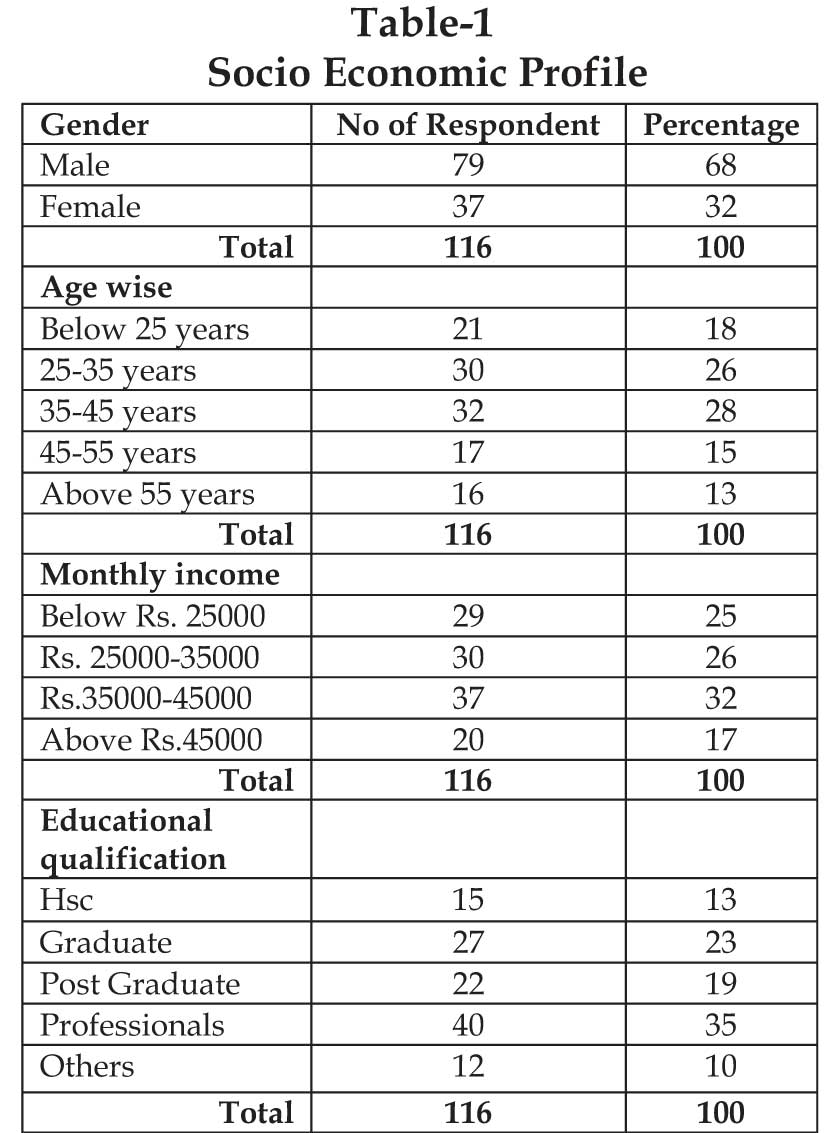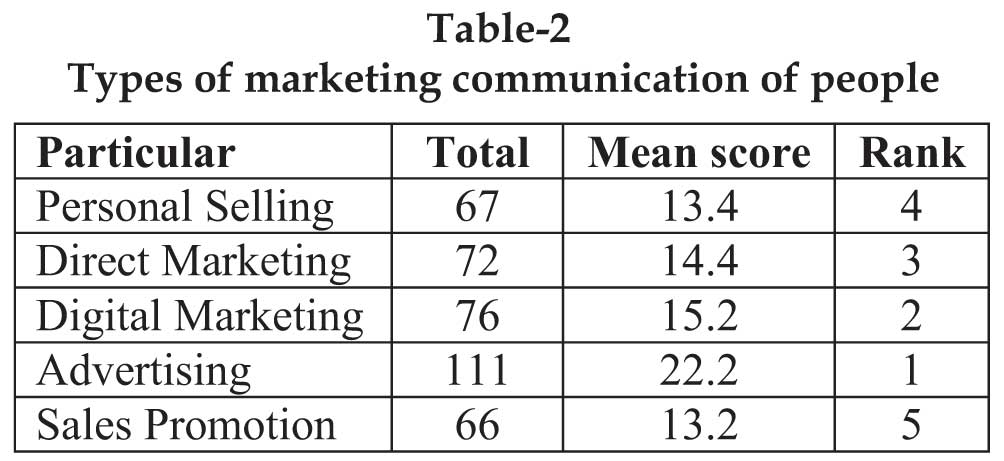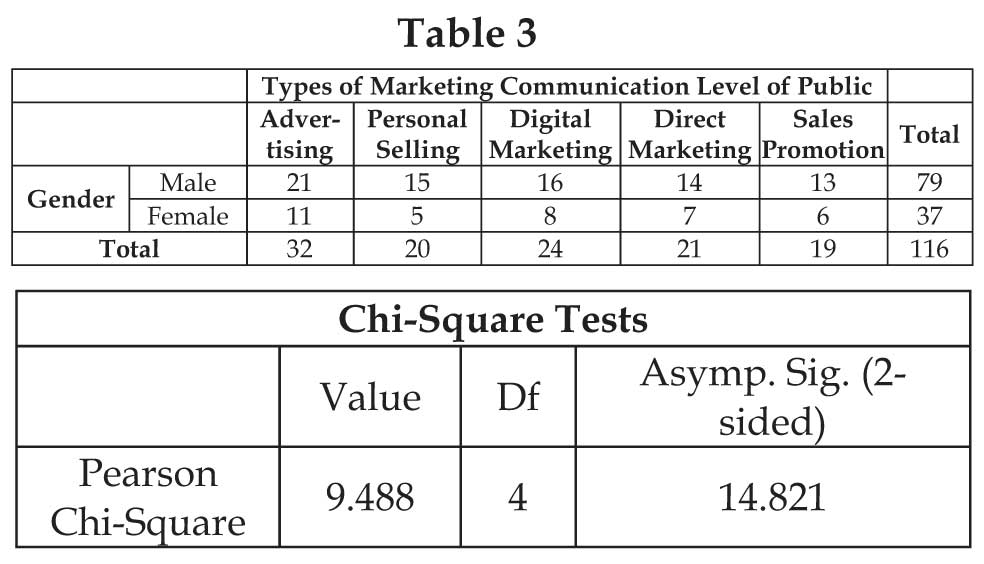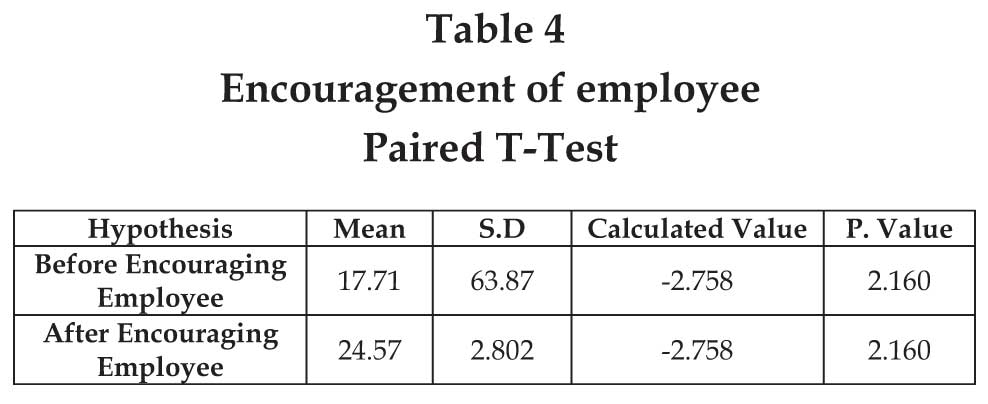Subscribe now to get notified about IU Jharkhand journal updates!
Relationship of Marketing Communication And Employee Encouragement In Textile Industry
Abstract :
In this study, we are discussed about the marketing communication level of the textile industry. In any organization, the marketing department is important as it helps to improve the organization's profit. The employee is one important asset for any organization. Employees of all the departments must be encouraged for carrying out their work successfully their work for eg: performance appraisal, bonus, fringe benefit, promotion etc.
Keywords :
Marketing, Promotion, Employee, Encouragement, Textile Industry, Communication.INTRODUCTION
Communication is the main source levels of the marketing department of the textile industry because they marketing the product with correct information to the people without correct information is given the marketing level of the product are that will demark of the product. Communication level is not only important for marketing department. It is useful for all the purpose. And another one of this paper was encouragement of employee. The employees will encouraged by the managers they will do the work without any tension they are free to work. It is major source of the all the level of the management. Once the communication level of marketing like where the product is prefer and which place of the product prefer etc., of this information level are needed in the marketing department. To marketing the correct level of the dressing material are marketed it will earn a profit to an organization. The marketing department employee knows about the people taste, preference and color of that material in the dress.
OBJECTIVES OF THE STUDY
- To determine the communication level of the marketing department of the textile industry.
- To know the encouragement level of the marketing department employees.
- To analyze the difference between before and after encouragement level of the workers.
- To know the types of marketing communication of people.
- To analyze the gender and types of marketing communication of people.
REVIEW OF LITERATURE
- Goris : (2007) in this articles titled “Impact of communication in management” analyzed that while poor communication results to low employee commitment to the organization.
- Lee and Chuang : (2009) In this articles titled “impact of communication in management” explain that an excellent leader not only inspires subordinates, giving them the potential to enhance efficiency, but also meets their requirements in the process of achieving organizational goals.
- Erogluer : (2011) in this articles titled “Impact of communication in management” analyzed that modern management techniques to a large extent aim to raise employees performance by using the power of communication.
- Gangeshwer : (2013) in his articles entitled “ECommerce or Internet Marketing” analyzed that Digital marketing technologies permit the customers to keep on with the company information rationalized.
- Gregory Karp : (2014) in his articles entitled “Marketing” analyzed that Digital marketing customers can way in internet at any place whichever time and companies are constantly updating information regarding their goods or services. Customers know how to visit company's website, examine with reference to the products and make online purchase and afford feedback. Consumers get complete information related to the products or services.
TYPES OF MARKETING COMMUNICATION OF PEOPLE
Advertisement:
Advertisement is the important one for marketing communication. The new material is introduce by the textile industry that the material will be advertise by using media like television, radio, banner, newspaper etc., most of the people attract the material by watch the television advertisement.
Digital Marketing:
Digital marketing is one of the tools of marketing. It is useful for buy and sell the material by using online. It is another communication for introduce and buy the dress material in the own place.
Direct Marketing:
Direct marketing is one to market the materials directly to the people. For eg: Textile Shop. It will market the material directly to the people. It is most powerful because most people buy the dress material directly to the shop.
Personal Selling:
Personal selling means the individual person buy the material and sell the material to the people but know a this type of selling method is reduce
METHODOLOGY
Primary data:
Primary data was collected from the respondents through systematically prepared questionnaire through structured interview methods.
Secondary data:
The main source of information for secondary data was collected from old records and the websites books, journals, newspaper etc.
ANALYSIS AND INTERPRETATION

Source: primary data
Table - 1 shows that out of 116 respondents 68 percentage of the respondents are Male, Next 28 percentage of the respondents are under age group 35-45 years, Next 32 percentage of the respondents are under monthly income of Rs 25000-35000, Next 35 percentage of the respondents are professionals.

Source: Computed data
Table-2 shows that Advertising first score111, next Digital Marketing ranked second score 76, next Direct Marketing ranked third score 72, next Personal Selling ranked fourth score 67, next ranked fifth score 66.
GENDER OF THE RESPONDENTS AND TYPES OF MARKETING COMMUNICATION LEVEL OF PUBLIC
H01 –There is no significant association between 0 Gender of the respondents and Types of Marketing Communication level of Public

Computed Data:
The value of chi-square is 9.488 (d.f=4) and associated significant value is 14.821. Therefore, the null hypothesis is rejected. Hence there is significance association between gender of the respondents and Types of marketing communication level of public. So it can be concluded that respondents' Types of marketing communication level of public is not same according to gender wise.

Source: Computed Data
From the above table, it was observed that the calculated value is greater than table value at of 5% level of significance. Hence there is significance difference between before encourage the employee working level and after encouraging employee working level. Hence the null hypothesis is rejected.
FINDINGS
- 68 % of the respondents are male.
- 32% of the respondents were laid on between Rs.35,000-Rs.45,000 monthly income.
- 28% of the respondents are under the age group of 35-45 years.
- 35% of the respondents are Professionals.
- There is major differentiation among gender of the respondents and type s o f ma rketing communication of people are not similar.
- Advertising is most important one to communicate the marketing information to the people.
SUGGESTION
- It is high time the employees should give proper recognition for their work.
- Adequate Fringe Benefits should be given the employees.
- The Academic knowledge should be given to the employees through Training Methods.
- The clean and hygienic atmosphere in the office is the need of the hour.
- Right words in the right place should be done for proper communication.
- The attitude of the respondents should be motivated in a prompt way.
Conclusion:
Nowadays the marketing of the material are increased because people are attracting in the textile clothes. So they buy lot of clothes. The marketing communication is to increase the level of marketing the product. In modern days digital technology are introduced by the industry. In that marketing people buy anything in online in anywhere and anyplace. It will be door delivery of the product. So the marketing department communications are improving with the help of advertising.
References:
- Baltas, Z., A. Baltas (2002). An Overall Approach to the Communication of Organizations in Conventional and Virtual Offices. (3rd edition) Vol. 31, ISSN 1307- 6884. Proceedings of World Academy of Science.
- Goris, J. R. (2007). Effects of satisfaction with communication on the relationship Between individual - job congruence and job performance/satisfaction. (2nd edition) Journal of Management Development.
- Erogluer, K., (2011). Gauging the effectiveness of formal communication programs (4th edition) Vol 19(2), 15-26 Journal of Business Communication.
- Gangeshwer, D.K.(2013). E-Commerce or Internet Marketing: A Business Review from Indian Context”, (5th edition) Vol.6, No.6, pp.187-194 International Journal of u- and e- Service, Science and Technology.
- Gregory Karp (2014) Marketing and Communication level (2nd edition) 3(1), 2011, 128-139. International Journal of Marketing Studies.
Web Sources:
www.researchgate.com
www.thehindubusinessline.com
www.wikepedia.com
www.economicstimes.com
